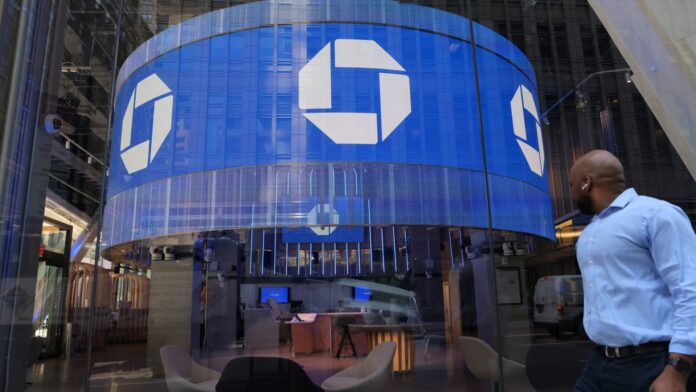One of the central themes for investing in U.S. banks this year was that their lending margins would widen as the Federal Reserve boosts interest rates. That’s because while banks are quick to charge borrowers more for products including credit card debt and mortgages in a rising-interest rate environment, they tend to slow-walk increases in the rate they pay to depositors. But one factor is complicating that story and could be a headwind for the industry, according to veteran Morgan Stanley banking analyst Betsy Graseck. Banks are now having to compete for deposits, unlike earlier during the pandemic, when the industry saw an influx of trillions of dollars of low-cost funding that they had trouble deploying. That’s in part because of a rebound in loan growth this year as consumers and companies deplete savings and ring up expenses on credit cards. Consumers are moving to higher interest paying accounts as the Fed boosts rates, putting pressure on institutions to keep up. That influences an industry metric called the deposit beta, which is the percentage of changes in the federal funds rate that banks pass along to depositors. As deposit betas rise, savers are paid more, and banks get to keep less in interest. “The benefit to earnings from increases in interest rates is falling across our coverage universe,” wrote Graseck, whose team scoured banks’ recent second-quarter regulatory filings for a Monday research note. “A key driver of this decline in rate sensitivity across the group is an increase in deposit betas as rates rise and the Fed shrinks its balance sheet,” she added. The median bank covered by Graseck that disclosed its rate sensitivity saw its estimated EPS benefit from a 50 basis point Fed increase fall by 90 basis points, Graseck wrote. The biggest drop occurred at Wells Fargo , where the benefit fell by about 6%; Citizens and Truist followed with sizeable declines. What’s worse is that JPMorgan and KeyBank may actually be in a position where higher rates could actually reduce interest income, according to Graseck. That is presumably because the banks would be forced to pay higher rates to depositors. It would come at the same time that the rising rate environment has hurt areas of fee income like investment banking and mortgage revenue . “Strikingly, both JPM and KEY flipped from being asset sensitive to liability sensitive (i.e net interest income declines as rates go up),” the Morgan Stanley analyst wrote. A JPMorgan spokesperson declined to comment on the record, but pointed out that the deposit beta disclosures are based on standardized model assumptions that may not happen. Last month, the bank said that it would generate at least $58 billion in net interest income in 2022, beyond the $56 billion forecast given earlier this year, thanks to the combination of higher rates and loan growth. But, as the Fed reverses bond-buying programs and other efforts collectively referred to as quantitative easing, essentially removing liquidity from the U.S. financial system with quantitative tightening, more deposits are expected to leave banks. JPMorgan could see up to $400 billion leave the institution, CEO Jamie Dimon said during a June conference, though he said those deposits would mainly be of a lower-quality type the bank was not interested in retaining. JPMorgan noted in its second-quarter results that “median deposit balances are down across income segments for the first time since the pandemic” in its retail bank and deposits fell 5% from the previous quarter in its commercial bank as clients flocked to “higher-yielding alternatives.” Earlier this year, Graseck correctly forecast that JPMorgan and Citigroup would have to freeze their dividends and pause share buybacks to satisfy regulators’ capital requirements. Amid the flight in deposits, which is still the cheapest funding source for bank loans, several institutions told analysts that they will seek to prevent further leakage, according to Graseck. “That is going to require sizable increases in deposit rates, reducing the incremental benefit to net interest income from higher asset yields,” the analyst wrote. “We believe consensus NII estimates will increase by less for each incremental increase in rates going forward than they did over the past two quarters.” With CNBC’s Michael Bloom
© heardonwallstreet.com


